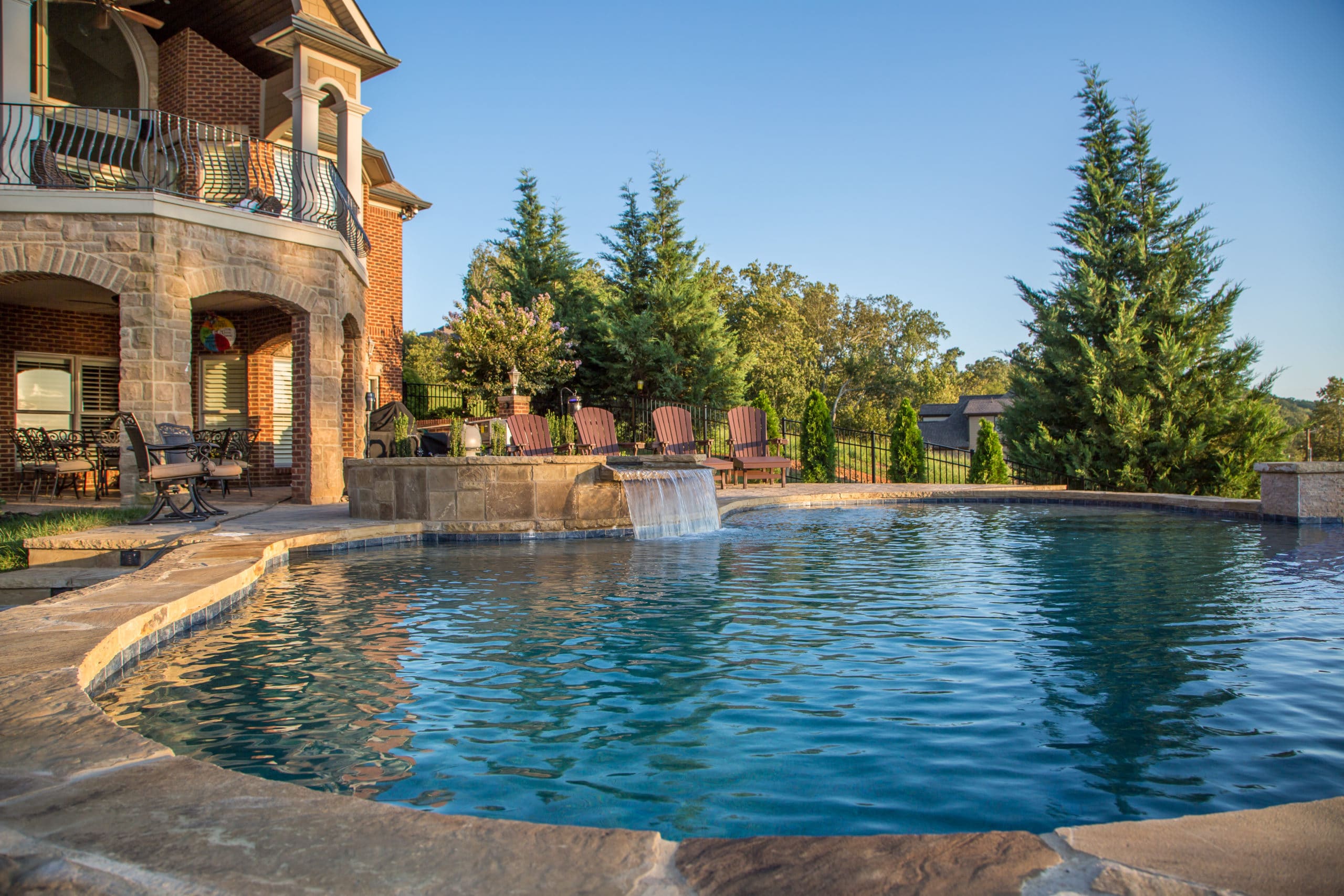Plaster is a popular choice for finishing residential swimming pools due to its smooth texture and classic appearance. It consists of a mixture of white cement, water, and marble aggregate. Once applied, the plaster mixture cures and hardens, providing a watertight seal for the pool’s structure. Aesthetically, a plastered pool offers a serene, light-blue appearance when filled with water, giving homeowners the quintessential swimming pool look that is often showcased in magazines and TV shows.
Why Does Plaster Work Well for Pools?
Plaster works exceptionally well for pools for several reasons. Firstly, it provides a watertight seal, essential for any swimming pool. Its smooth texture is comfortable underfoot, reducing the likelihood of scrapes or injuries. Additionally, plaster acts as a passive algae inhibitor because its surface makes it difficult for algae to anchor and grow. Moreover, the material is durable and can withstand the constant exposure to pool chemicals and changing water conditions. When properly maintained, a plaster pool finish can last for many years before needing any significant repair or replacement.
- Watertight Seal: Plaster provides an effective watertight barrier, ensuring that the pool retains its water and maintains structural integrity.
- Smooth Surface: The texture of plaster offers a comfortable, non-abrasive surface for swimmers, minimizing the risk of scrapes or injuries.
- Aesthetic Appeal: Plaster gives pools a classic, clean, and light-blue appearance when filled with water, enhancing the overall visual appeal of the swimming area.
Reasons to RePlaster a Pool
Over time, even well-maintained plaster finishes can show signs of wear and tear, necessitating a replastering job. Some reasons to replaster a pool include:
1) The appearance of stains or discolorations that cleaning cannot remove, which can arise from minerals, algae, or chemical imbalances.
2) Surface roughness, where the plaster becomes abrasive or pitted, leading to an uncomfortable swimming experience.
3) The presence of cracks or chipping, which can compromise the pool’s water-tight integrity.
4) A desire for a fresh, updated appearance or to change the pool’s aesthetic. Regularly assessing the condition of a pool’s plaster finish ensures its longevity and the safety of its users.
How Long Does Pool Plaster Last?
Pool plaster, when well-maintained, can last anywhere from 7 to 20 years, depending on various factors. The longevity of pool plaster depends on the quality of the initial application, the type of plaster used, and the pool’s maintenance regimen. For instance, while white plaster might need replacement or refinishing in 7-10 years, premium options like quartz or pebble-enhanced plasters can last upwards of 15-20 years. Regularly balancing the pool’s chemical levels, avoiding overly aggressive water conditions, and prompt attention to repairs can further prolong the life of the plaster. Regardless of its age, if the plaster starts showing significant signs of wear, discoloration, or damage, it might be time for a replastering job.

